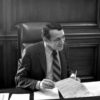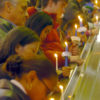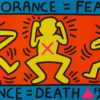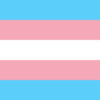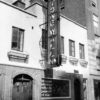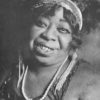The History and Impact of Anti-LGBT Slurs

In this lesson students listen to the oral history of an advocate for LGBT family rights, and use her personal story as a vehicle for considering how anti-LGBT attitudes are formed. Students explore the derivation of the words “gay,” “f*ggot” and “d*ke” in order to better understand the long history of judgment and hate behind these words. They also reflect on the testimony of LGBT teens about the impact of terms like “that’s so gay.”


